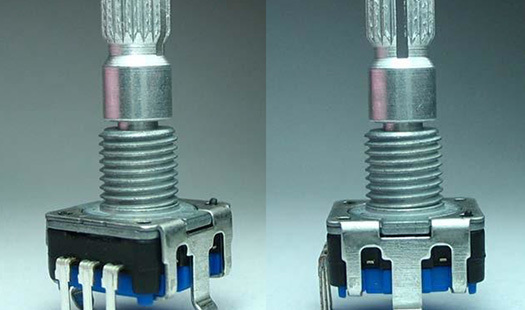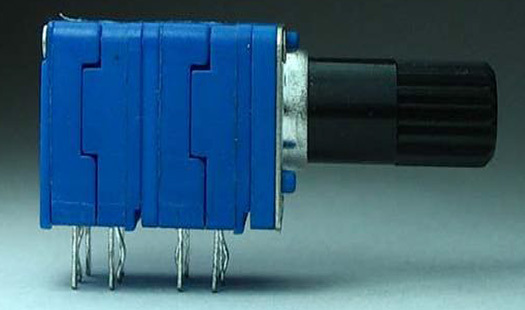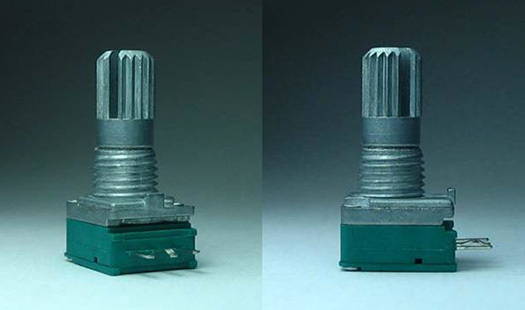Understanding Advanced Fader Potentiometers: A Key Component in Electronic Applications
Jun 06,2025
Advanced fader potentiometers are essential electronic components widely used in various applications, including audio equipment, lighting control systems, and consumer electronics. These devices are designed to control electrical resistance, allowing users to adjust the voltage and current flowing through a circuit. Their unique design and functionality make them particularly valuable in settings
Advanced fader potentiometers are essential electronic components widely used in various applications, including audio equipment, lighting control systems, and consumer electronics. These devices are designed to control electrical resistance, allowing users to adjust the voltage and current flowing through a circuit. Their unique design and functionality make them particularly valuable in settings that require precise control over audio levels, brightness, or other variable parameters.
One of the defining characteristics of advanced fader potentiometers is their linear or logarithmic taper design. A linear taper potentiometer offers a constant change in resistance over its range, making it ideal for applications where a uniform response is needed. In contrast, logarithmic taper potentiometers are better suited for audio applications because they provide a response that aligns more closely with human hearing, allowing for smoother transitions in volume control.
The construction of these potentiometers typically involves a resistive element, a wiper, and terminals for connection. The wiper moves across the resistive element as the user adjusts the fader, changing the resistance and thus controlling the output signal. This motion can vary from a simple slide to more complex motorized actions, depending on the design. Advanced fader potentiometers often feature durable materials and robust designs to withstand frequent use, making them reliable for both consumer and professional applications.
In addition to their mechanical design, advanced fader potentiometers may incorporate electronic components that enhance their functionality. For example, some models include integrated circuits that allow for programmable settings or digital interfaces. These features can significantly increase the versatility of the potentiometer, enabling it to be used in a wider range of devices and applications.
When selecting an advanced fader potentiometer for a particular application, it's crucial to consider several factors. These include the required resistance value, taper type, physical size, and mounting style. Understanding the specific needs of your application will help ensure that you choose the right component, leading to optimal performance and user satisfaction.
Moreover, advanced fader potentiometers are increasingly being integrated with smart technology, allowing for more intuitive control methods. This evolution reflects the growing trend of incorporating user-friendly interfaces in electronic devices, further enhancing the user experience. As technology advances, we can expect to see even more innovative features in future models, making these components an integral part of modern electronic design.
In summary, advanced fader potentiometers are pivotal in controlling various electrical parameters in electronic devices. Their design, functionality, and adaptability make them a popular choice across numerous applications. Understanding these components can lead to better design decisions and improved performance in your electronic projects.
One of the defining characteristics of advanced fader potentiometers is their linear or logarithmic taper design. A linear taper potentiometer offers a constant change in resistance over its range, making it ideal for applications where a uniform response is needed. In contrast, logarithmic taper potentiometers are better suited for audio applications because they provide a response that aligns more closely with human hearing, allowing for smoother transitions in volume control.
The construction of these potentiometers typically involves a resistive element, a wiper, and terminals for connection. The wiper moves across the resistive element as the user adjusts the fader, changing the resistance and thus controlling the output signal. This motion can vary from a simple slide to more complex motorized actions, depending on the design. Advanced fader potentiometers often feature durable materials and robust designs to withstand frequent use, making them reliable for both consumer and professional applications.
In addition to their mechanical design, advanced fader potentiometers may incorporate electronic components that enhance their functionality. For example, some models include integrated circuits that allow for programmable settings or digital interfaces. These features can significantly increase the versatility of the potentiometer, enabling it to be used in a wider range of devices and applications.
When selecting an advanced fader potentiometer for a particular application, it's crucial to consider several factors. These include the required resistance value, taper type, physical size, and mounting style. Understanding the specific needs of your application will help ensure that you choose the right component, leading to optimal performance and user satisfaction.
Moreover, advanced fader potentiometers are increasingly being integrated with smart technology, allowing for more intuitive control methods. This evolution reflects the growing trend of incorporating user-friendly interfaces in electronic devices, further enhancing the user experience. As technology advances, we can expect to see even more innovative features in future models, making these components an integral part of modern electronic design.
In summary, advanced fader potentiometers are pivotal in controlling various electrical parameters in electronic devices. Their design, functionality, and adaptability make them a popular choice across numerous applications. Understanding these components can lead to better design decisions and improved performance in your electronic projects.
PREVIOUS:
More Information
More Information
RECOMMENDED










